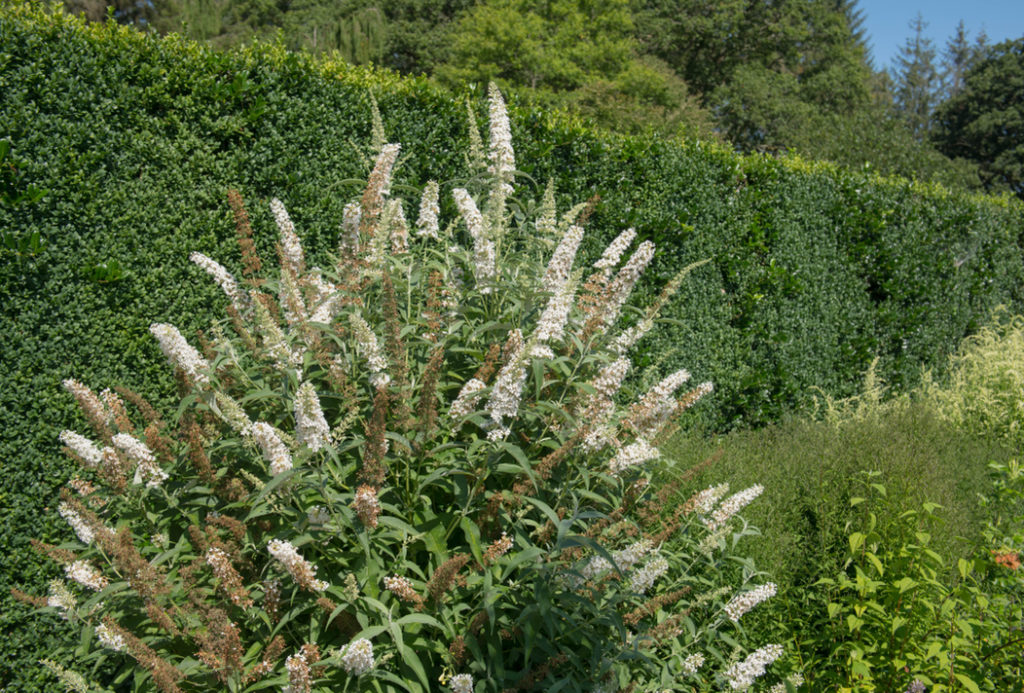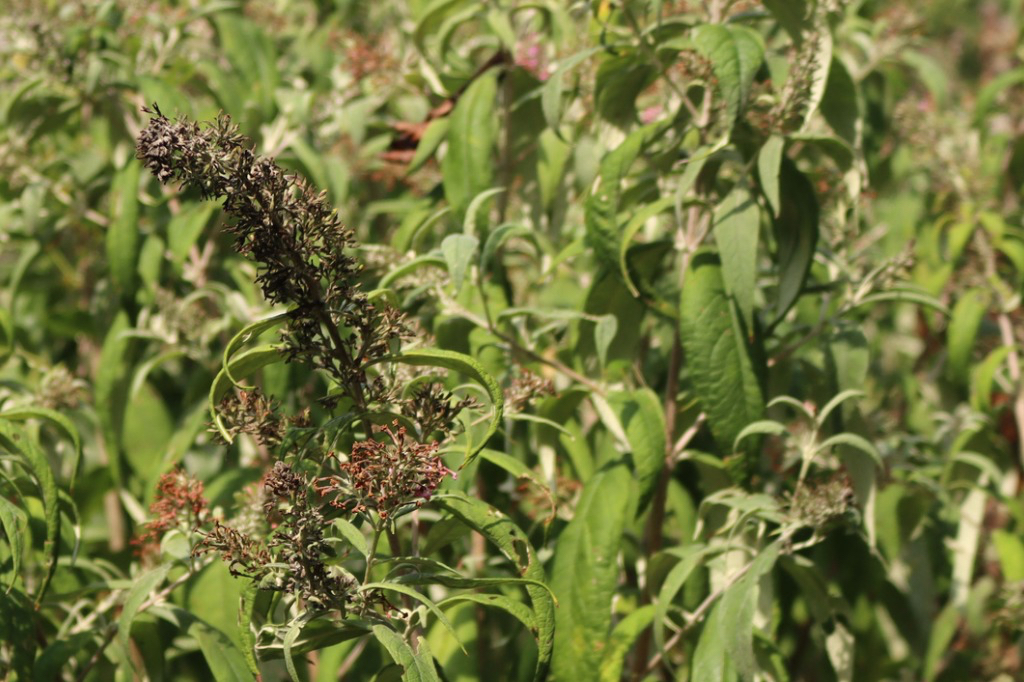Remove Faded And Withered Buddleja Panicles – It’s The Secret To More Flowers

SHRUBS > BUDDLEJA > DEADHEADING
Reviewed By PETER LICKORISH

Peter is a Horticulture Lecturer and self-employed Horticulturist, with a passion for diverse areas of the industry - from garden design to the science behind plant growth and propagation. He has completed the Royal Horticultural Society’s Master of Horticulture (MHort) Award and lectures on RHS courses at Bedford College.
BUDDLEJA GUIDES
Cuttings Propagation
Deadheading
Dwarf
Pruning
Sowing
Buddleja is among the most rewarding flowering bushes you can grow.
The foliage is a deep green and the leaves have a crisp, starched look.
As for the tiny flowers, they are borne in marvellous abundance on panicles and spikes that are sometimes weighed down by the sheer profusion of their flowers!
These little flowers’ hues fall in the pink-purple spectrum with some whites and yellows.

The little floral clusters put on a thrilling colour show from early summer and carry on into early autumn, drawing troupes of fluttering butterflies in the process.
But there’s a little secret to promoting that floral colour show: deadheading.
If you cut off withered flowers, the plant channels its resources toward fresh floral growth rather than seeds in its spent blooms.
Deadheading is one of the easier gardening tasks but you need to know just what to do, and when.
This process is explained in detail for you below.
| Difficulty | Easy |
| Equipment Required | Gardening gloves, pruning shears, bypass loppers, secateurs |
| When To Deadhead | June-August |
1) Pinch Off Selected Flowers
Through the summer, buddleja flowers will bud, bloom, fade, and wither.
When you see faded or withered flowers, pinch, rub or pluck them off.
You will notice that usually a small cluster of tiny flowers near the base of the panicle or spike fade and wither at about the same time.

This makes it easier to remove all the faded and withered little blooms in one go, as Master Horticulturist Peter Lickorish explains:
“Removing this cluster means the tip of the panicle looks more decorative, as will smaller clusters of flowers either side of the main panicle.”
2) Deadhead Entire Panicles
As the season progresses, the panicles and spikes that you have previously cleaned up will have fewer and fewer little flowers, of which some have now faded and withered.
You may also see a panicle or spike on which many or most of the blooms are gone.

In either case, there is little to be gained by removing small clusters of flowers.
When you see the types of fading, withering panicles described above, it is time to deadhead.
Follow the stem down from the panicle to the uppermost leaves.
About 1cm above these leaves, cut off the stem with pruning shears or secateurs.
3) Cut Back In Summer
Mature plants can be cut back in mid-season to stimulate fresh growth and the second round of blooms, especially if you have not progressively deadheaded.
“It should be noted that this will not always allow for more flowers, especially if autumn falls early,” shares Peter.
Smack dab in the middle of summer, after the plant has produced that colour show, you can do a summer cutback.
“Panicles of flowers on buddlejas often come in threes,” explains Peter.

“The middle one flowers first, then the two side panicles.
“Cutting out first the middle panicle, when it finishes, then the two side panicles to just below their base can encourage further, smaller panicles to follow, giving each one in the sequence the space it needs.”
Using pruning shears, prune shoots and young branches.
Using bypass loppers, cut back larger branches by 30-50% of their lengths.
Do not disturb the main stem and water the plant well after the cutback.

